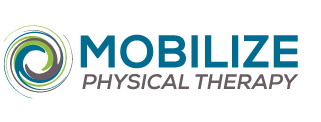There are endless benefits of exercise; staying active supports our physical and mental wellbeing. To gain strength and make physical improvements, our bodies need to be pushed to an appropriate level where gains can occur. That bring said, every person is different – age, baseline strength, and participation level all factor into what is appropriate for your body.
It’s important to be realistic about your activity threshold and to be able to differentiate between moderate muscle soreness and pain. our friends over at the American Physical Therapy Association are a wealth of knowledge on the topic of soreness vs. pain, and have provided the following table to help you navigate what your personal activity threshold.
Muscular soreness typically peaks 24-72 hours after activity. This is the result of small, safe damage to muscle fibers and is called Delayed Onset Muscular Soreness. Your muscles may be tender to touch and feel tight and achy. In contrast to soreness, you may experience pain during or after performing exercise. This may feel sharp and be located in your muscles or joints. This pain may linger without fully going away, perhaps even after a period of rest. This may indicate an injury – If you feel that your pain is extreme or is not resolving after 7-10 days you should consult with a medical professional. This person will diagnose your injury and direct you to the appropriate road to recovery.
__________________________________________________________
“Soreness vs. Pain: What’s the difference?.” Move Forward PT. American Physical therapy Association, n.d. Web. 23 Aug. 2016.

